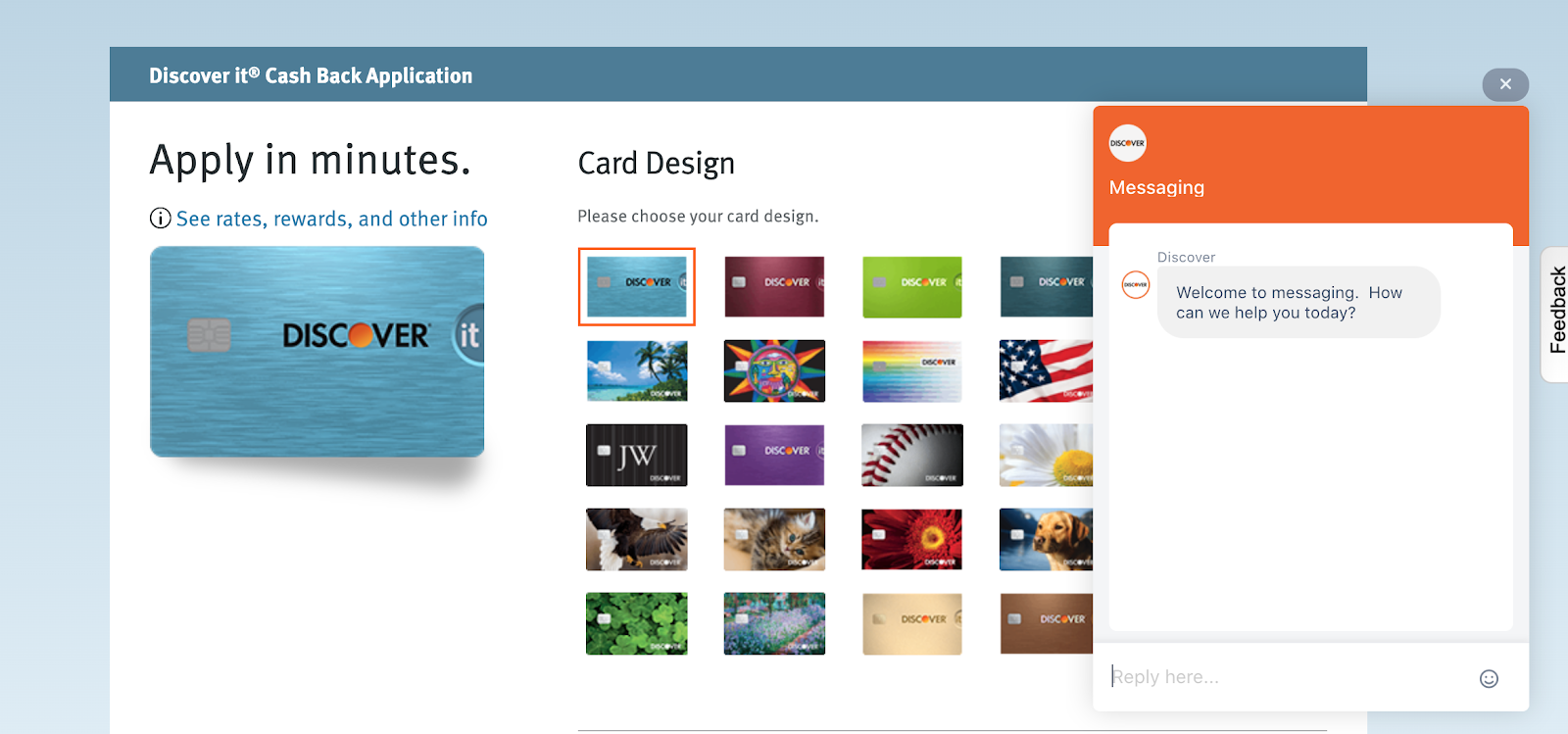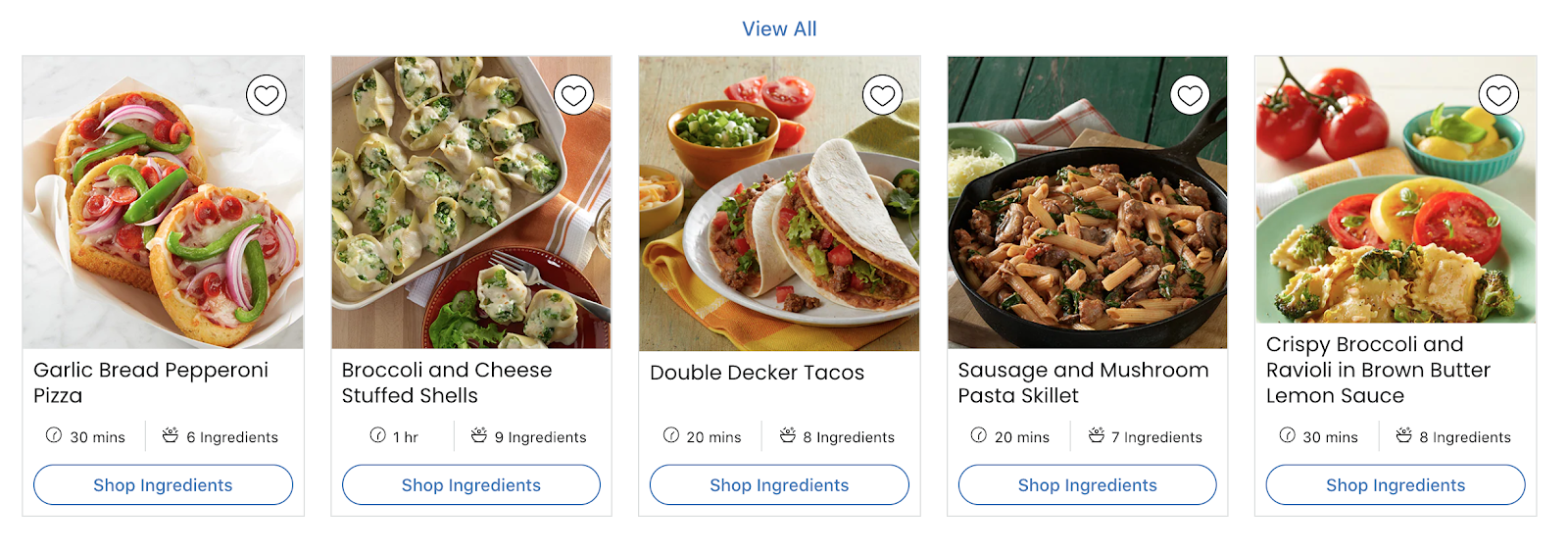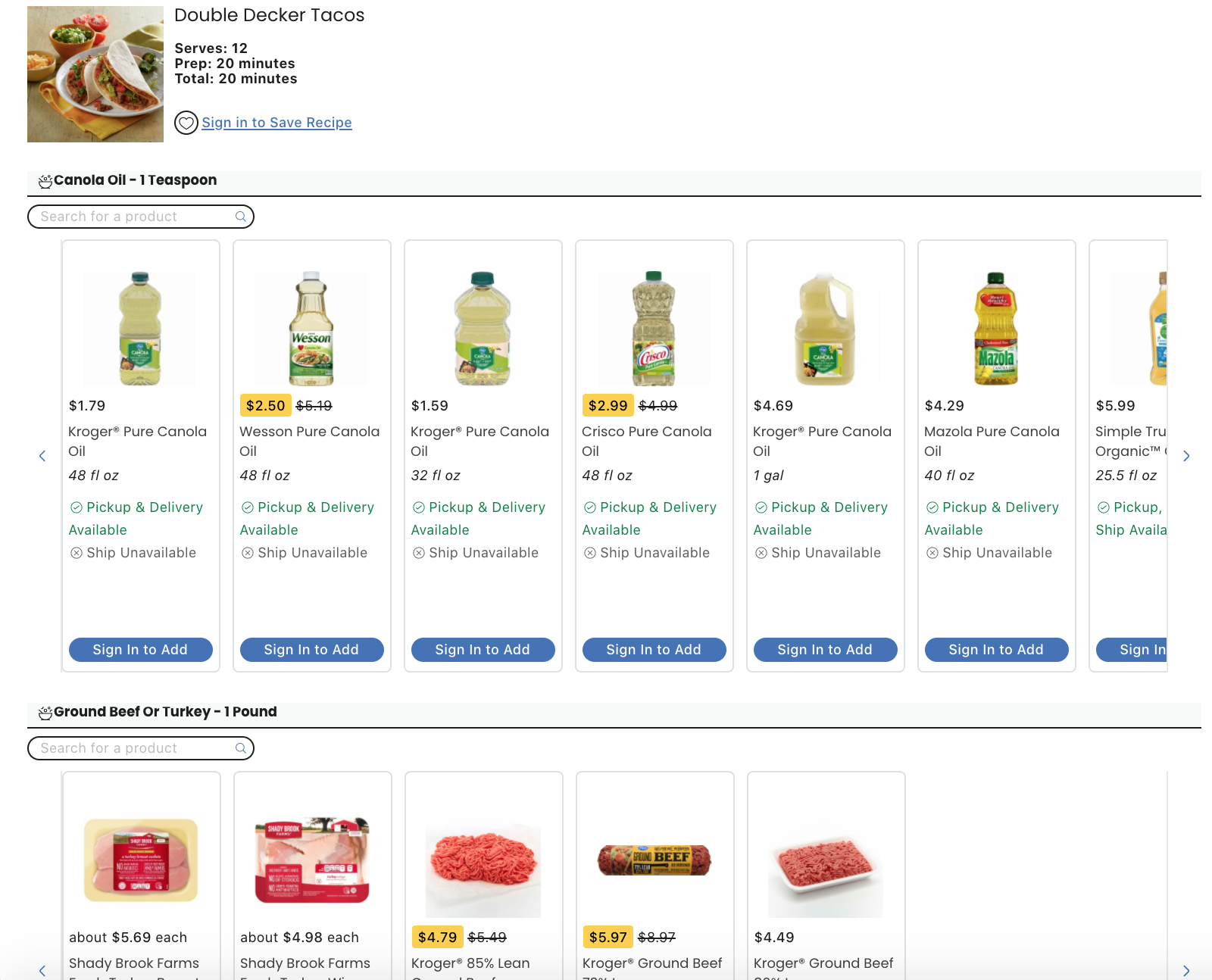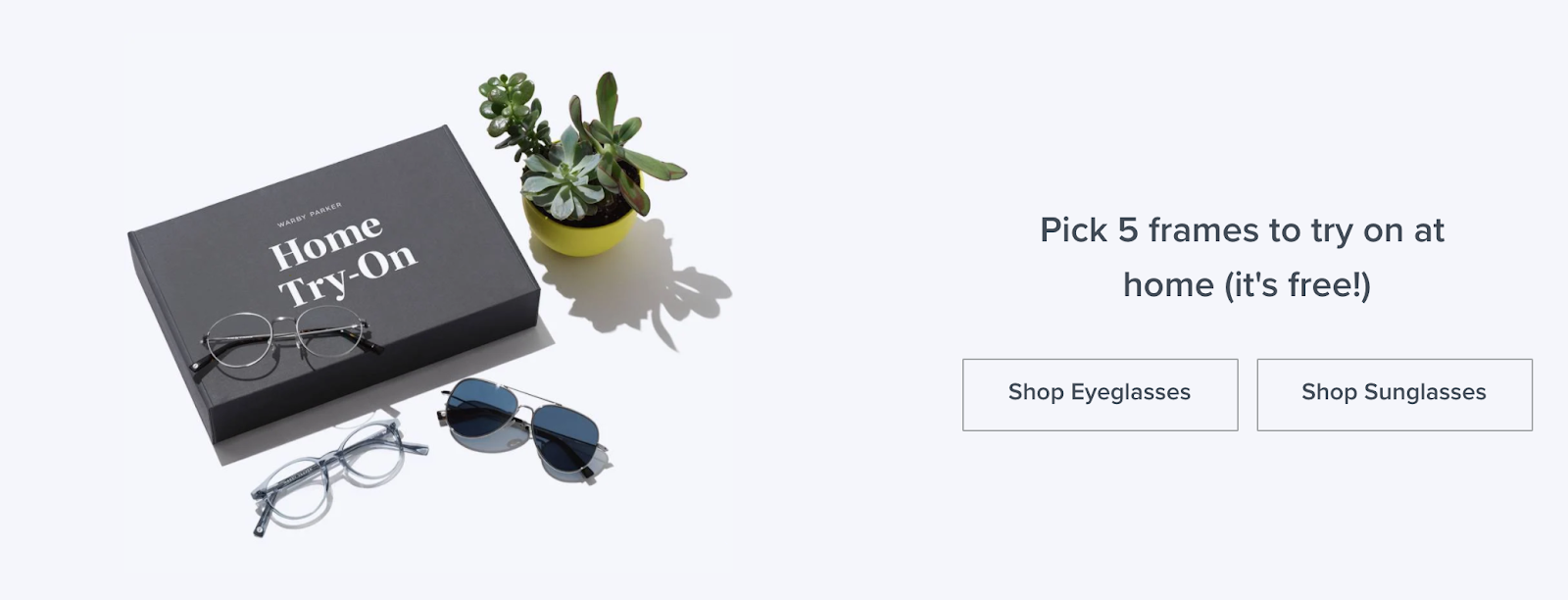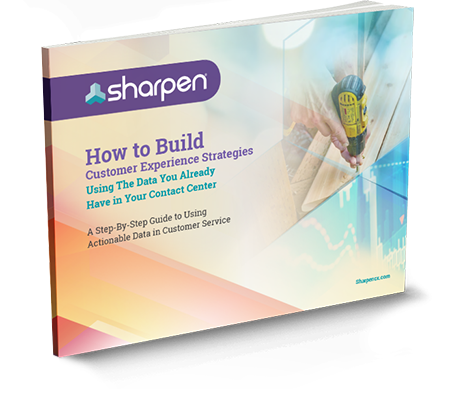You’re running a contact center during the Fourth Industrial Revolution.
In 2016, Klaus Schwab, founder and executive chairman of the World Economic Forum, penned a piece warning the next industrial revolution was in queue. And compared to the last three, this one would take hold of our lives with unparalleled speed.
Flashforward to 2020, and we’re seeing the impacts play out in business transformations across the globe.
This revolution is all about connectivity. From the mobile devices in our pockets to the voice assistants who live in our homes and interrupt our meetings when they think they hear “Alexa”, rapid innovations in tech have overhauled the way we all live and work.
And companies are changing their business models to keep pace with our new expectations. According to the 2020 State of Service report out of Salesforce, 80% of customers now say the experience a company provides is as important as its products and services. And, 84% of decision-makers are prioritizing improved or expanded mobile service.
So, as our expectations grow, who are the companies leading the charge in providing these new-and-improved experiences? The leaders of the pack are those who’ve implemented omnichannel strategies, blending our mobile experience with our in-person visits and our website perusing.
We’re walking through seven companies with omnichannel best practices to grow your inspiration, so you can catapult your contact center to the front of the Fourth Revolution.
Disney
If you do a quick search for “omnichannel strategies” Disney tops nearly every list. With their My Disney Experience mobile app and their interactive theme parks, Disney connects all the dots of your journey so you don’t have to. From your tickets to the photos you take at the park, Disney aggregates all your information across channels, so you have instant access to what you need.
What’s more? They’ve even adopted wearable technology to blend their online and theme park experiences into one cohesive journey.
Now, you can use the mobile app to load funds onto something called a Magic Band – a bracelet you wear while scouring the theme parks. Instead of getting out your wallet (or even bringing it with you), you can scan your Magic Band at the register to pay for your meals and souvenirs across all Disney properties. It’s like using Apple Pay on your Apple Watch at checkout lines, but for cartoon-crazed 8-year-olds.
Discover
Discover might not come to mind like Disney does when thinking about omnichannel best practices. But after my first interaction with the brand, I was instantly impressed.
When you go to the Discover website to apply for a credit card, the process is easy. You click a big button that says “Apply Here” and then you follow the instructions. Pretty simple. But along the way, they combine channels to make the interaction even easier.
Once you get through the first step of your online application process, a secure chat messaging app opens up on the same screen asking you for some more information.
Then, you get a text message to verify some sensitive personal information. Once you answer the text, all the systems recalibrate. The chat goes away, the application goes through, and bam, you’re done. You’ve communicated through three different channels and you never felt a single pain.
Once you’re a customer, their app is just as seamless. It offers up all the contact information you’d need to reach out to support. It has in-app FAQs. And there’s even in-app messaging in case an issue stumps you.
Home Depot
Home Depot built a strong mobile app experience that works cohesively with their in-store experience to benefit the customer. Back in 2019, Forrester rated the app number one in customer innovation. It integrates tons of channels into one easy-to-use interface.
The app pulls on Home Depot inventory across locations to help customers learn what inventory is available in store. And, once you’re in store, you can use the app to scan barcodes and learn more about specific items. This feature empowers shoppers to get the information they’re seeking — fast.
Blending the channels into one cohesive experience is what all omnichannel strategies should strive for. Take some of these omnichannel best practices and make them your own. Apply what you can to your business model, and use the rest as inspiration to think up new ways to streamline your customer experience.
Kroger
Kroger has completely transformed the way I grocery shop. While I still love trips to Trader Joes for the lively in-store experience, Kroger is my go-to grocery chain and makes shopping a breeze.
They offer options for grocery delivery (in partnership with Instacart), curbside-pick up, and they’ve revamped their in-store experience, too. Kroger has an omnichannel approach to grocery shopping from the first item you add to your list to the fuel points you earn post-purchase.
They’ve perfectly paired together their app, website, and even the in-store technology to remove customer effort – the pinnacle of omnichannel practices.
On their site, I can make a grocery list (someone please remind me to get olive oil) and even look through recipes for meal ideas.
Then, I can click a button and shop all the items online instantly.
And if I’d prefer to shop in-store, I can save the list in my app and use it while I peruse the store. Then, I can use the “Scan & Go” kiosk for a fast checkout or use the contactless mobile app to pay at the register.
Starbucks
A few years back, Starbucks went on a digital transformation journey to find more efficient (and effective) ways to build customer loyalty. Rather than giving customers paper punch cards they’d have to jam into their wallet (who wants that?), they decided to build a customer loyalty program inside an app.
Starbucks offered a new mobile app experience that offered up new ways to collect loyalty points, order ahead, and even pay in-store. Much like Home Depot, their practices combine multiple ways to communicate and interact with their brand into a single, omnichannel experience.
Now, more than 12 million loyal customers in the US rack up gold stars in the app.
Another way Starbucks lives omnichannel is by introducing fast and secure ways for customers to order ahead and pay for their Pumpkin Spice Lattes (Happy almost Fall, y’all).
The mobile order & pay feature allows customers to order their drinks in advance, pay directly within the app, and pick up their orders at the store. No need to wait in line and show up late to your morning meeting.
In true omnichannel fashion, this new feature makes things easier for Starbucks’ employees, too. It reallocates labor from the register, so more baristas can help fill orders rather than trying to tag-team the register and the beverage station. This streamlined experience boosts store productivity and helps Starbucks employees fill more than 6 million orders and transactions every month.
Warby Parker
When companies started shifting from brick-and-mortar retailing to online stores, Warby Parker did both. They started their business with an innovative model where customers can order five pairs of glasses at once and try them on at home. Then, they ship them all back after they’ve tested them in their own mirrors, with 10 different outfits (just me?). When they ship them back, they choose the pair that fit best and Warby gets the prescription ready to fill, then sends the new pair back.
But what if none of the five pairs worked?
Warby Parker used their data to determine that website visitors were also seeking out in-store experiences. Chances are if I try on five pairs of glasses at home and none of them work, I’m not going to order five more pairs. I’m going to seek out an in-person experience where I can try on 50 frames if I need to.
Warby Parker’s leadership team picked up on this trend and adapted their customer experience to meet customers where they are.
“We were finding that 75% of people that buy something in our store have been to our website first. What they really value is convenience, so we invested in technology to make the online and offline experience as convenient as possible.”
Warby Parker Co-founder, Dave Gilboa
Rather than scraping their digital experience, they supplemented it with an in-person avenue. Don’t force customers to shop or communicate in a way that doesn’t make sense to them. Instead, give your customers choices and create an easy experience no matter what they choose.
Ikea
Ikea’s famous for more than just their Swedish meatballs and chocolate cake (believe me, try it). They’re also known for serving up an incredible omnichannel experience to customers.
IKEA’s gone back to the future with the help of augmented reality. Their app IKEA Place helps you visualize and plan where to put pieces of furniture in your house. With the help of your phone camera, you can imagine how a piece of furniture would look and feel in the ambiance of your room.
And once you lock in the perfect floor plan, they have a ton of different options to help you get your furniture. You can order online, get it shipped, or opt for curbside pickup. Not only that but, Ikea has technology kiosks and friendly staff throughout the store to help you remodel your next space, too.
They’re using technology to put the best practices of omnichannel to work – meeting customers where they are, no matter how they choose to interact with your brand.
A Step-By-Step Guide to Building Better Customer Experience Strategies
Use the data that lives in your contact center to build actionable strategies for a customer experience that soars past expectations
